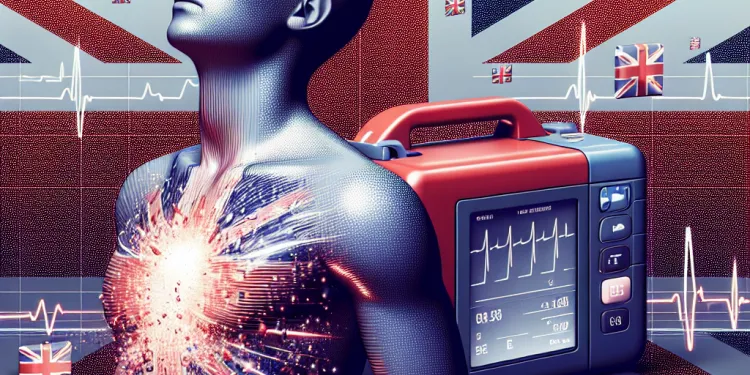
Find Help
More Items From Ergsy search
-
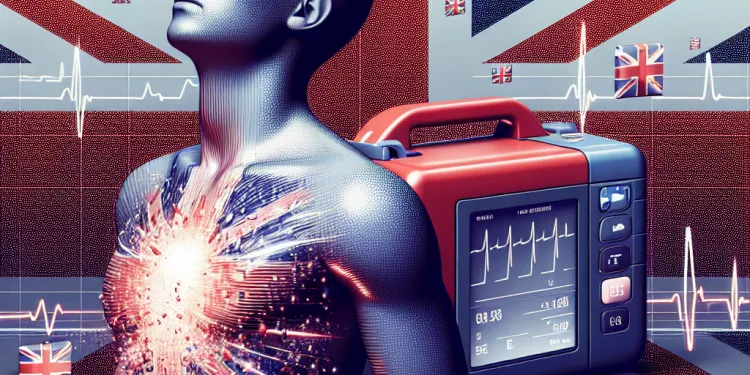
Can you use a defibrillator on a wet person?
Relevance: 100%
-

What are the different types of defibrillators?
Relevance: 50%
-

Who can use a defibrillator?
Relevance: 50%
-

How effective are defibrillators?
Relevance: 48%
-
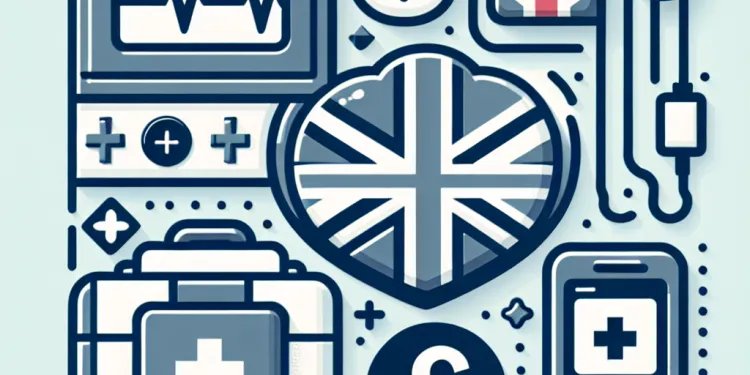
What should you do if a defibrillator is needed?
Relevance: 48%
-
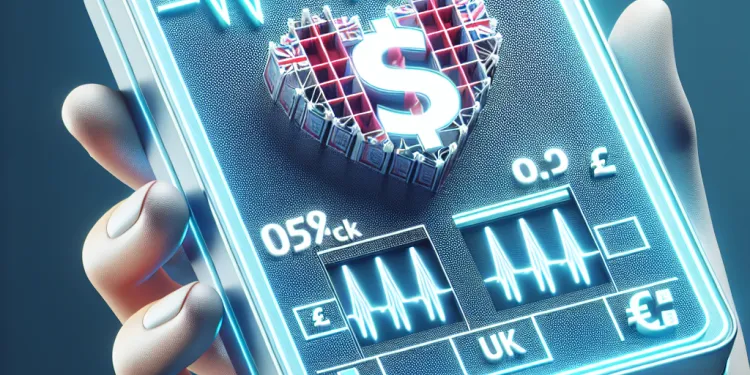
What is a defibrillator?
Relevance: 46%
-

How to apply wet wraps
Relevance: 45%
-
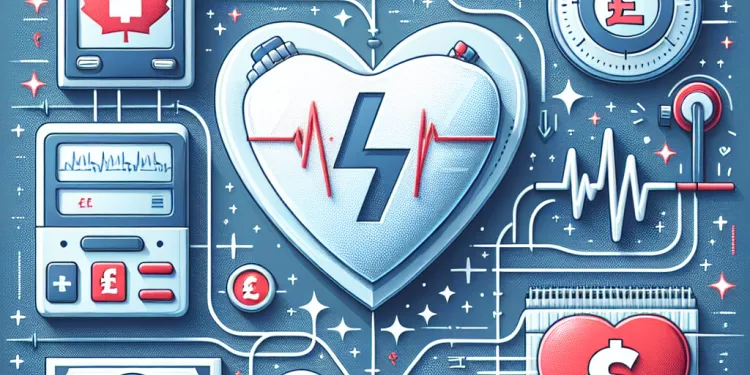
How does a defibrillator work?
Relevance: 45%
-

How do you know if a defibrillator is required?
Relevance: 44%
-

What is the role of a defibrillator in CPR?
Relevance: 44%
-
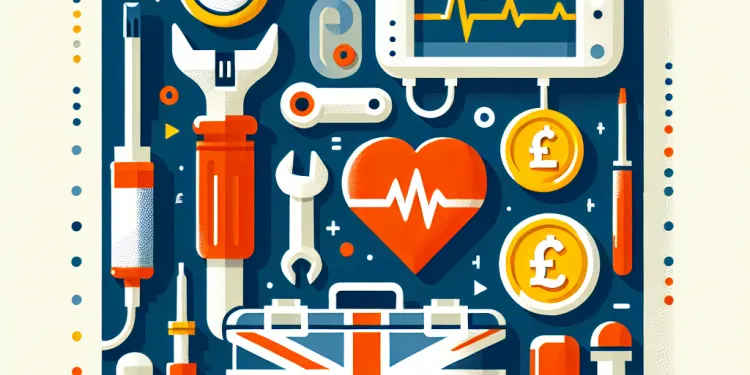
What maintenance do defibrillators require?
Relevance: 42%
-

Can a defibrillator restart a stopped heart?
Relevance: 42%
-
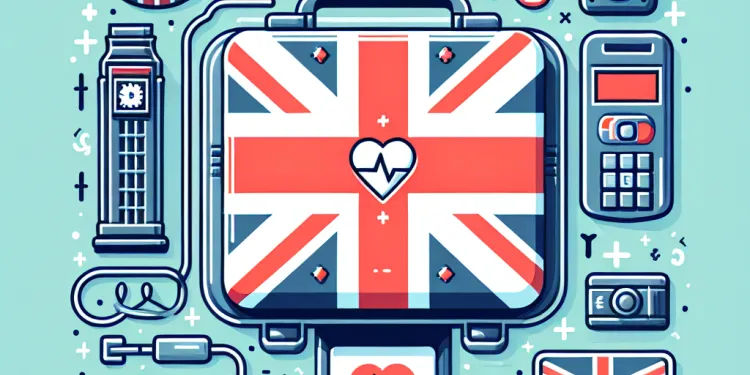
Do defibrillators have any side effects?
Relevance: 42%
-
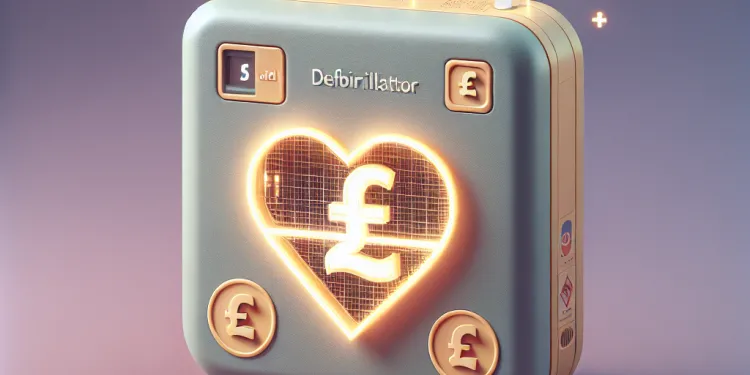
Can defibrillators be used on children?
Relevance: 41%
-

How long do defibrillator batteries last?
Relevance: 41%
-

Can I use wet clothing to help stay cool?
Relevance: 39%
-

How to apply wet wrap bandaging to the head and face area.
Relevance: 39%
-
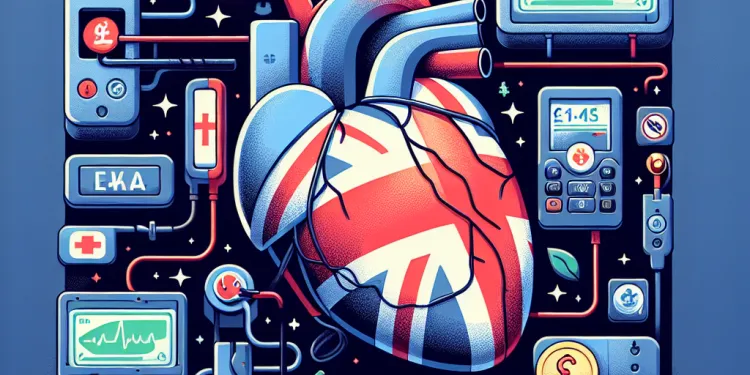
Why are defibrillators important?
Relevance: 32%
-

What is a Defibrallator?
Relevance: 31%
-

Is it safe to use a defibrillator on someone with a pacemaker?
Relevance: 29%
-

Can Chikungunya be transmitted from person to person?
Relevance: 26%
-

Can nettle rash spread from person to person?
Relevance: 24%
-
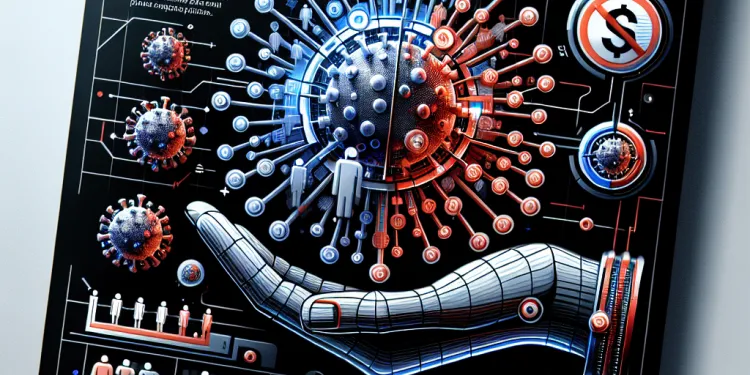
Can Nipah Virus be transmitted from person to person?
Relevance: 24%
-

Can Zika virus be spread from person to person in the UK?
Relevance: 24%
-

Can I take first aid courses in person?
Relevance: 23%
-
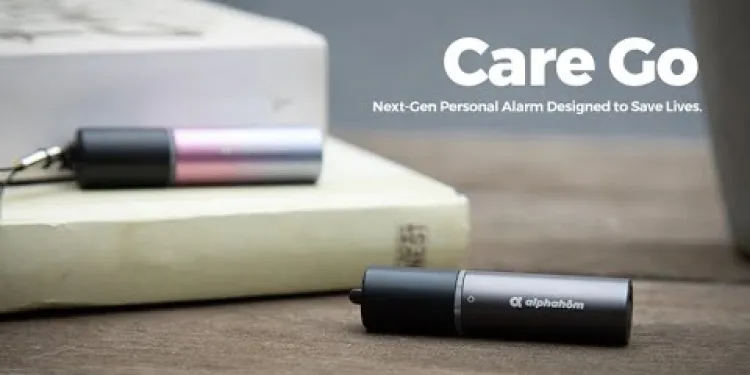
Bluetooth Tracker with Personal Alarm
Relevance: 22%
-

What is an AED?
Relevance: 22%
-

Can inmates have personal belongings?
Relevance: 22%
-

Will personal savings allowances be updated in 2026?
Relevance: 22%
-

Will the personal allowance be altered for the 2026 tax year?
Relevance: 21%
-

How can I assess the safety of an elderly person's home?
Relevance: 21%
-
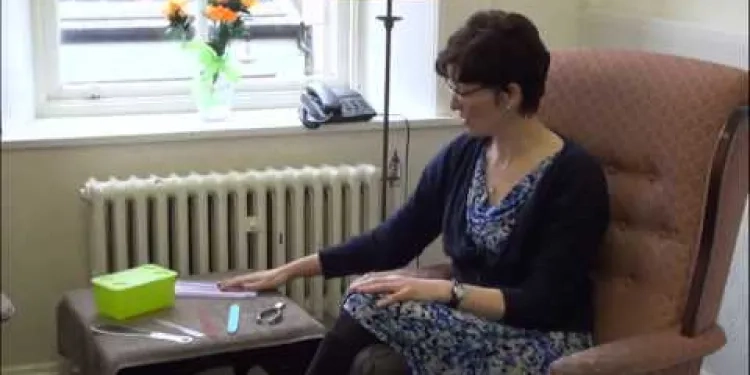
Podiatrist Personal Footcare
Relevance: 20%
-

How do live-in caregivers manage their personal time?
Relevance: 20%
-

How long is a person with measles contagious?
Relevance: 20%
-

Short Films About Mental Health - Personality Disorders
Relevance: 20%
-

Can residents personalize their living space in a care home?
Relevance: 20%
-

What is Personal Independence Payment (PIP)?
Relevance: 20%
-

Do I have to provide personal information to access a food bank?
Relevance: 19%
-

What is Personal Independence Payment (PIP)?
Relevance: 19%
-

Does the EV grant apply to personal import vehicles?
Relevance: 19%
Understanding Defibrillators and Their Purpose
A defibrillator is a crucial medical device used to deliver an electric shock to the heart in cases of cardiac arrest. Its primary function is to restore normal heart rhythm. Defibrillators are often found in public places and are designed to be used by both medical professionals and laypersons. They play a critical role in increasing the chances of survival after a sudden cardiac arrest.
Can You Use a Defibrillator on a Wet Person?
One common concern when using a defibrillator is whether it is safe to use on a person who is wet. It is important to understand the safety protocols and guidelines associated with using defibrillators in such situations. In the UK, public access defibrillators, also known as automated external defibrillators (AEDs), are designed with safety mechanisms to ensure they can be used in most environments, including when the person is wet.
Safety Measures for Using Defibrillators on a Wet Person
When faced with a cardiac arrest situation involving a wet person, it is crucial to follow specific safety measures. Firstly, if possible, move the person away from water and dry their chest to ensure that the AED pads adhere properly. Using a towel or any available cloth to dry the chest area is advisable. This step helps to establish good contact between the AED pads and the skin, ensuring the effective transmission of the electrical shock.
While the chest should be dried, it is not necessary to completely dry the person's body. The AED is designed to analyze heart rhythms and will not administer a shock unless necessary, which adds an additional layer of safety. It is vital to ensure that you and any bystanders are not in contact with water or the person when the AED delivers the shock. This reduces the risk of conducting electricity to those helping.
The Importance of Prompt Action
In a cardiac arrest situation, time is of the essence. The likelihood of survival decreases by 10% with each passing minute without defibrillation. Therefore, even if the person is wet, the priority should be to prepare them quickly for AED use. Ensuring that the chest is dry and attaching the AED pads without delay can make a significant difference in the outcome.
Conclusion
Using a defibrillator on a wet person is generally safe when you follow the correct protocols, such as drying the chest area. Defibrillators are designed with safety in mind and can be used in various conditions to save lives. It is always important to act swiftly and ensure that everyone involved is safe before delivering a shock. By understanding and adhering to these guidelines, you can effectively use a defibrillator in emergency situations, even when the person is wet.
What is a Defibrillator?
A defibrillator is a special machine that helps people when their heart stops. It gives a quick electric shock to the heart to help it beat normally again. You can find defibrillators in public places, and they are made to be used by anyone, not just doctors. They help save lives when someone’s heart suddenly stops.
Can You Use a Defibrillator If Someone is Wet?
People often worry about using a defibrillator on a wet person. It is important to know how to use it safely. In the UK, public defibrillators, also called AEDs, are made to work in different places, even if the person is wet.
How to Use a Defibrillator on a Wet Person Safely
If someone with a wet body needs help, there are steps to follow. First, move the person away from water if you can. Then, dry their chest with a towel or any cloth you have. This helps the pads stick to the chest properly, so the electric shock works well.
You don’t need to dry the whole body. The AED machine will only give a shock if it is needed, which is safe. Make sure you and anyone else are not touching water or the person when the AED gives the shock. This keeps everyone safe from the electric shock.
Quick Action is Important
When someone’s heart stops, every minute counts. Waiting too long can be very dangerous. Even if the person is wet, you need to dry the chest and use the AED as fast as you can. This can really help to save the person’s life.
Conclusion
You can use a defibrillator on a wet person if you do it right. Dry the chest first. These machines are made to be safe and work in many situations. Always be quick but careful, and make sure everyone is safe before using the AED. By knowing these steps, you can help save a life, even if the person is wet.
Frequently Asked Questions
Can you use a defibrillator on a wet person?
Yes, you can use a defibrillator on a wet person, but precautions should be taken to dry their chest before applying the pads.
Why is it important to dry a person's chest before using a defibrillator?
Drying the chest helps ensure good contact between the pads and the skin, which improves the effectiveness of the defibrillator shock.
What should you do if a person's chest is wet and you need to use a defibrillator?
Gently dry the chest with a towel or cloth to remove excess moisture before attaching the defibrillator pads.
Are there any risks associated with using a defibrillator on a wet person?
The main risk is poor pad adhesion or ineffective delivery of the shock if the chest is too wet. Ensuring the chest is dry minimizes this risk.
Can you administer a defibrillator shock while the person is in water?
No, the person should be moved out of the water and their chest dried before using the defibrillator to ensure effective and safe use.
If a person is wet and unconscious, how quickly should you use the defibrillator?
Use the defibrillator as quickly as possible, ensuring the chest is dry, to maximize the chances of survival.
What happens if you don't dry the chest before using a defibrillator?
If you don't dry the chest, the pads may not adhere well, and the shock may not be delivered effectively.
Do modern defibrillators have any features to deal with wet skin?
Some modern defibrillators have adhesive pads designed to work better on wet skin, but drying the area is still recommended.
Can using a defibrillator on a wet person cause harm to the rescuer?
There is a low risk to the rescuer, but you should ensure that you and the area around the patient are not wet to avoid conducting electricity.
How can you ensure safety when using a defibrillator in wet conditions?
Make sure both you and the patient are in a dry environment, and the patient's chest is dry before use.
Is it necessary to remove wet clothing before using a defibrillator?
Yes, remove any wet clothing from the chest area to allow the pads to adhere properly to the skin.
Can a defibrillator be used in the rain?
It is not recommended to use a defibrillator in heavy rain. Try to find a sheltered area first.
What should you do if the defibrillator pads do not stick due to wet skin?
Dry the skin further and ensure the pads are properly positioned and pressed down for good contact.
Can drowning victims be treated with a defibrillator?
Yes, if they are in cardiac arrest, but ensure their chest is dry before applying the defibrillator pads.
Are defibrillator shocks effective on wet skin?
They can be less effective if the skin is wet, which is why drying is crucial for better pad adhesion and shock delivery.
Should you call for professional medical help when using a defibrillator on a wet person?
Yes, always call emergency services immediately when using a defibrillator on someone in cardiac arrest.
Are there special defibrillator pads for use on wet skin?
Some pads are designed to work better in moist conditions, but drying the chest is still best practice.
Can poolside emergency kits include items for drying the skin?
Yes, poolside kits often include towels or other absorbent materials to dry the skin before using a defibrillator.
What is the first step in using a defibrillator on a wet person?
Ensure the area is safe and then dry the person's chest to prepare for pad placement.
Can you use an automated external defibrillator (AED) on a wet surface?
Avoid using an AED on a wet surface. Move the person to a dry area if possible before using the AED.
Can you use a defibrillator on someone who is wet?
A defibrillator helps restart a heart when it stops. If someone is wet, try to dry their chest before using it.
Here are some ways to help:
- Use a towel or cloth to dry the chest.
- Make sure no one is touching the person when you use the defibrillator.
Asking for help or calling emergency services can be good too. They can guide you.
Yes, you can use a defibrillator on someone who is wet. But first, make sure to dry their chest so the pads stick properly.
Why do you need to dry the chest before using a defibrillator?
It is important to make sure the chest is dry because:
- A dry chest helps the defibrillator work properly.
- Water can stop the electric shock from reaching the heart.
- The person might get hurt if there is too much water.
Here are some tools or tips to help:
- Use a towel or cloth to dry the chest.
- Check the chest to make sure it is not wet before using the defibrillator.
Drying the chest helps keep the pads sticking well to the skin. This makes the defibrillator work better.
What to do if someone's chest is wet and you need to use a heart shock machine?
If a person's chest is wet, you should:
- Dry the chest with a towel or cloth.
- Make sure the chest is dry before using the heart shock machine.
This helps the heart shock machine work properly.
Tools that can help: a clean towel or cloth.
Use a towel or cloth to softly dry the chest. Make sure it is not too wet before you put on the defibrillator pads.
Is it risky to use a heart shock machine on someone who is wet?
The biggest risk is if the sticky pads do not stick well, or if the shock doesn't work right because the chest is too wet. Making sure the chest is dry helps keep this from happening.
Can you use a defibrillator if someone is in water?
A defibrillator is a machine that gives a strong electric shock to help someone's heart. It must be used safely.
If a person is in water, it is not safe to use a defibrillator. Take the person out of the water first. They should be on dry ground.
You can call 911 for help. They will guide you on what to do. It is good to learn how to use a defibrillator and first aid by taking a class.
No, it is not safe to use the defibrillator in water. First, take the person out of the water. Then dry their chest. This will help the defibrillator work well and be safe to use.
What should you do with the defibrillator if someone is wet and not awake?
If someone is wet and not awake, be quick and safe.
- Dry the person's chest with a towel or cloth.
- Use the defibrillator as soon as possible.
- Ask an adult to help you if you can.
Remember, being quick can help save them. If you need help reading, ask someone or use a reading tool to listen to the words.
Use the defibrillator fast. Make sure the chest is dry. This helps the person have a better chance of living.
Why is it important to dry the chest before using a defibrillator?
If the chest is wet, the pads might not stick properly, and the shock might not work well.
Can new defibrillators work if skin is wet?
Defibrillators are machines that help when someone's heart stops. Sometimes, skin can be wet, like if it is raining or someone is sweating.
New defibrillators often have special features. These features help them still work if skin is wet.
If you are using a defibrillator, try to dry the skin first. Use a towel or cloth if you can. This helps the machine work better. Don't worry, modern defibrillators are designed to help even if the skin is a bit wet.
Some new defibrillators have sticky pads that stick better to wet skin. But it is still a good idea to dry the skin first.
Is it safe to use a defibrillator on a wet person? Will it hurt the person helping?
Using a defibrillator on someone who is wet might feel scary. Don't worry too much. These machines are made to help.
Before using it, try to dry the person's chest if you can. This helps the pads stick better.
When you use the defibrillator, stand back. Don't touch the person when the machine is working.
If you are still unsure, things like watching a video or practicing with a teacher can help you feel more ready.
It is not very dangerous for the person helping, but you should make sure you and the area around the person are dry. This is to stop electricity from causing harm.
How to Stay Safe Using a Defibrillator When It's Wet?
If it's raining or the ground is wet, follow these steps to stay safe with a defibrillator:
- Make sure the person and area are as dry as possible.
- Try to find a dry place to use the defibrillator.
- Wipe the person’s chest dry before using the device.
- If possible, wait until the rain stops.
- Keep yourself dry, too.
Tools to help:
- Use a towel to dry the person.
- Find a cover or umbrella to keep dry.
Make sure you and the person are in a dry place. Also, make sure the person's chest is dry before you start.
Do you need to take off wet clothes before using a defibrillator?
If someone is wearing wet clothes, take them off before using a defibrillator.
A defibrillator helps the heart start beating again. It works better if the person is dry.
You can use a towel to dry the person if needed.
Yes, take off any wet clothes from the chest so the pads stick to the skin well.
Can you use a defibrillator in the rain?
A defibrillator is a machine that helps when someone's heart stops. You can use it outside, even if it's raining. But, be careful and try to keep the person and machine dry.
Here are some tips:
- Find a cover if you can, like an umbrella.
- Dry the chest before putting the pads on.
- Ask someone to help you by keeping the machine dry.
Do not use a defibrillator when it is raining hard. Look for a dry place to use it.
What to do if the defibrillator pads won't stick because the skin is wet?
If the pads don't stick to the skin because it is wet, try these steps:
- Get a towel or cloth to dry the skin.
- Make sure the area is really dry.
- Try to put the pads on again.
If you need help, ask someone nearby. You can also use a picture guide or ask an adult for support.
Make sure you dry your skin. Put the pads in the right place. Press them down so they stick well.
Can you use a defibrillator on someone who drowned?
If someone drowns, they need help fast. A defibrillator is a machine that helps when the heart stops. It can be used to try to start the heart again.
Here are some things that might help:
- Call for help. Dial 911 or ask someone else to call.
- Start CPR right away. Push hard and fast in the middle of their chest.
- Use a defibrillator if you have one. Follow the steps on the machine.
Remember, the most important thing is to get help quickly!
Yes, if their heart has stopped, you can use the defibrillator. Make sure their chest is dry first.
Do defibrillator shocks work on wet skin?
Sometimes, people might get a shock from a machine called a defibrillator to help their hearts. But what if the person's skin is wet?
It's important to dry the skin before using the defibrillator. This can help the shock work better.
You can use a dry towel to gently pat the skin dry before using a defibrillator.
Always follow the steps shown on the defibrillator or ask an adult for help.
If your skin is wet, the pads might not work well. This is why you need to dry your skin. Dry skin helps the pads stick better and work better.
Do you need to call for medical help when using a defibrillator on a wet person?
If you are helping someone who is wet, and you need to use a defibrillator, you should call for medical help. It is important to get support from professionals.
Try to move the person to a dry place if you can. Make sure to dry the chest area where you will use the defibrillator. This can help the defibrillator work better.
If you need help, you can ask someone nearby to call emergency services. They can guide you until help arrives.
If someone’s heart stops, use a defibrillator and call emergency services right away for help.
Can you use special defibrillator pads on wet skin?
Some pads work better if the skin is wet, but it is still a good idea to dry the chest.
Can poolside emergency kits have things to dry your skin?
When you swim, you get wet. It is good to have towels or other things to dry off. Poolside emergency kits can have these drying items. They help you stay warm and comfy.
Tools that help:
- Towels: To dry after swimming.
- Blankets: To keep warm.
Yes, poolside kits usually have towels. These towels help dry the skin before using a heart help machine.
What should you do first when using a defibrillator on a wet person?
1. Move the person to a dry place.
If you need help reading, try using a ruler to guide your eyes. You can also ask someone to read with you.
Make sure the place is safe. Dry the person's chest so you can put the pads on.
Can you use a heart starter (AED) on a wet floor?
You can use a heart starter (also called an AED) even if the floor is wet. It is safe, but the person should not be in a puddle or pool of water.
Here are some tools and tips to help:
- Dry the person’s chest before using the AED.
- Use pictures on the AED to help you follow the steps.
- Ask for help if you are unsure.
Try not to use an AED on a wet floor. If you can, move the person to a dry place before you use the AED.
Useful Links
- Ergsy carfully checks the information in the videos we provide here.
- Videos shown by Youtube after a video has completed, have NOT been reviewed by ERGSY.
- To view, click the arrow in centre of video.
- Most of the videos you find here will have subtitles and/or closed captions available.
- You may need to turn these on, and choose your preferred language.
- Go to the video you'd like to watch.
- If closed captions (CC) are available, settings will be visible on the bottom right of the video player.
- To turn on Captions, click settings .
- To turn off Captions, click settings again.
More Items From Ergsy search
-

Can you use a defibrillator on a wet person?
Relevance: 100%
-

What are the different types of defibrillators?
Relevance: 50%
-

Who can use a defibrillator?
Relevance: 50%
-

How effective are defibrillators?
Relevance: 48%
-

What should you do if a defibrillator is needed?
Relevance: 48%
-

What is a defibrillator?
Relevance: 46%
-

How to apply wet wraps
Relevance: 45%
-

How does a defibrillator work?
Relevance: 45%
-

How do you know if a defibrillator is required?
Relevance: 44%
-

What is the role of a defibrillator in CPR?
Relevance: 44%
-

What maintenance do defibrillators require?
Relevance: 42%
-

Can a defibrillator restart a stopped heart?
Relevance: 42%
-

Do defibrillators have any side effects?
Relevance: 42%
-

Can defibrillators be used on children?
Relevance: 41%
-

How long do defibrillator batteries last?
Relevance: 41%
-

Can I use wet clothing to help stay cool?
Relevance: 39%
-

How to apply wet wrap bandaging to the head and face area.
Relevance: 39%
-

Why are defibrillators important?
Relevance: 32%
-

What is a Defibrallator?
Relevance: 31%
-

Is it safe to use a defibrillator on someone with a pacemaker?
Relevance: 29%
-

Can Chikungunya be transmitted from person to person?
Relevance: 26%
-

Can nettle rash spread from person to person?
Relevance: 24%
-

Can Nipah Virus be transmitted from person to person?
Relevance: 24%
-

Can Zika virus be spread from person to person in the UK?
Relevance: 24%
-

Can I take first aid courses in person?
Relevance: 23%
-

Bluetooth Tracker with Personal Alarm
Relevance: 22%
-

What is an AED?
Relevance: 22%
-

Can inmates have personal belongings?
Relevance: 22%
-

Will personal savings allowances be updated in 2026?
Relevance: 22%
-

Will the personal allowance be altered for the 2026 tax year?
Relevance: 21%
-

How can I assess the safety of an elderly person's home?
Relevance: 21%
-

Podiatrist Personal Footcare
Relevance: 20%
-

How do live-in caregivers manage their personal time?
Relevance: 20%
-

How long is a person with measles contagious?
Relevance: 20%
-

Short Films About Mental Health - Personality Disorders
Relevance: 20%
-

Can residents personalize their living space in a care home?
Relevance: 20%
-

What is Personal Independence Payment (PIP)?
Relevance: 20%
-

Do I have to provide personal information to access a food bank?
Relevance: 19%
-

What is Personal Independence Payment (PIP)?
Relevance: 19%
-

Does the EV grant apply to personal import vehicles?
Relevance: 19%